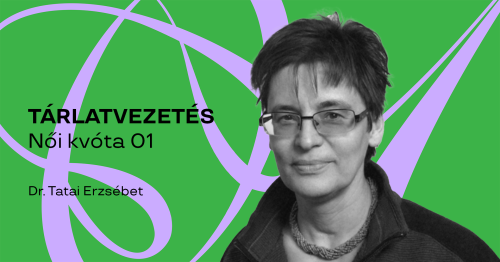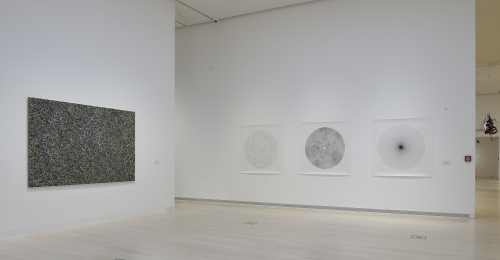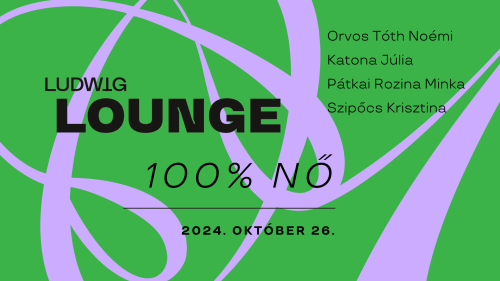The Ludwig Museum – Museum of Contemporary Art, founded 35 years ago, presents for the first time a selection of works from its collection made exclusively by women. The first section of the two-part exhibition focuses primarily on women’s roles and women’s (self-)representation in art, while the second section presents the genres and themes chosen by women, as well as their artistic achievements and accomplishments over the past fifty years.
The works selected for Women’s Quota 01 reveal the stereotypes and discrimination that women have faced – and continue to face – not only in the arts, but in all aspects of life. The works highlight issues concerning the female body, female roles and the status of women artists in different media and genres.
The nudes painted by men, displayed on the main wall in the first hall, demonstrate how the female body is traditionally represented in art through the male gaze, as model, muse or the object of sexual desire. As a counterpoint to this, Kriszta Nagy’s poster is not only a critique of the image of women in consumer society, but also of the passive role of women in art, their objectification. Beáta Veszely and Judit Hersko also examine the representation and image of women in art history, appropriating and reworking famous paintings and drawings of the actions of witches.
In the 1970s, artists such as Lourdes Castro, Orshi Drozdik, Natalia LL, Judit Kele or Katalin Ladik found it difficult to find their way in an institutional system traditionally dominated by men. Their work is an early example of (Eastern European) feminist art, where the woman (artist) steps out of her passive role to become an active participant in life and art. A decade later, Zsuzsi Ujj, as part of the rebellious alternative scene of the 1980s, is already experimenting with a radical dismantling of the former ideal of the woman.
In the 1990s, Balázs Beöthy and Hajnal Németh’s joint work, as well as Hajnal Németh’s videos, focus on the ironic play with male-female roles, while Olga Tobreluts’ dressed antique sculptures explore the themes of changing ideals of beauty, artistic academicism, consumerism and fashion.
In Katarzyna Kozyra’s controversially received video installation, the depiction of the female body without any embellishment or idealisation defies social expectations that seek the ideal of the perfect body, and can be seen as a provocation while the everyday scenes in the bathhouse recall celebrated art historical antecedents. Images of ageing, of the deterioration of the body, appear in the work of Polish artist Zuzanna Janin, who has condensed changes of the body, the life of a woman, from childhood to old age, into a single work.
Women’s social situation today, the expectations placed on them, the means of education and discipline, the pressures of the majority society, body image and female sexuality are the subject of the sensual, powerful works by Eva Kotátková, LA Raeven, KOJA and Ilona Németh. In a series of interviews conducted in Budapest, Jeanne van Heeswijk interviewed women representing various feminine qualities about their professions, revealing the figure of the autonomous and successful woman of today, who is also confronted with many obstacles.
Krisztina Szipőcs
Curator of the exhibition
EXHIBITING ARTISTS
Lourdes CASTRO, Orshi DROZDIK, Jeanne van HEESWIJK, Judit HERSKO, Zuzanna JANIN, Judit KELE, KOJA (Fitore ISUFI SHUKRIU), Eva KOT'ÁTKOVÁ, Katarzyna KOZYRA, Natalia LL, Katalin LADIK, Kriszta NAGY, Hajnal NÉMETH, Ilona NÉMETH, Florentina PAKOSTA, L.A. RAEVEN, Olga TOBRELUTS, Zsuzsi UJJ, Beáta VESZELY
The exhibition booklet is AVAILABLE HERE.
Women’s Quota 01.: 18 October 2024 – 12 January 2025
Women’s Quota 02.: 24 January – 23 March 2025




















Related contents
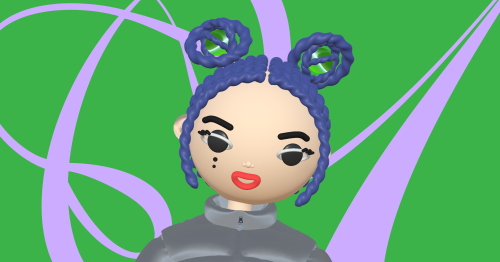
MyLUMU – Women’s Quota 01 The exhibition in MyLUMU
The Women’s Quota 01 exhibition is open until 12 January 2025. To facilitate the processing of the exhibition at home.
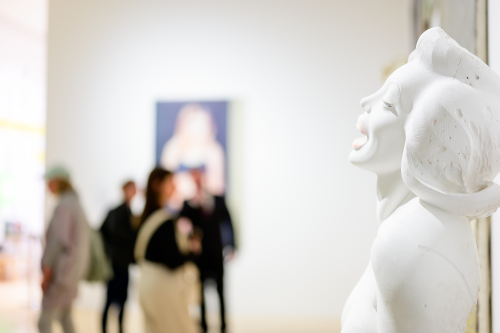
Guided tour in English Women’s Quota 01. Women Artists, Creative Women from the Collection of the Ludwig Museum 5. January, 2025, 17:00–18:00
Celebrating its 35th anniversary, the Ludwig Museum – Museum of Contemporary Art presents for the first time a selection of works from its collection exclusively by women.
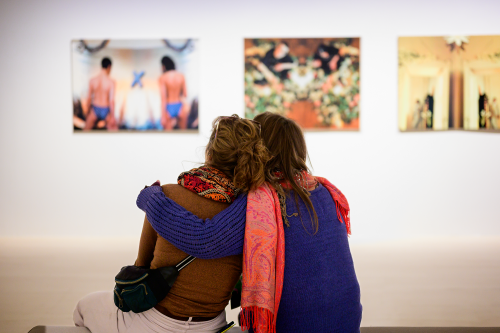
Guided tour in hungarian in Women’s Quota 01. Women Artists, Creative Women from the Collection of the Ludwig Museum 5. January, 2025, 16:00–17:00
Celebrating its 35th anniversary, the Ludwig Museum – Museum of Contemporary Art presents for the first time a selection of works from its collection exclusively by women.
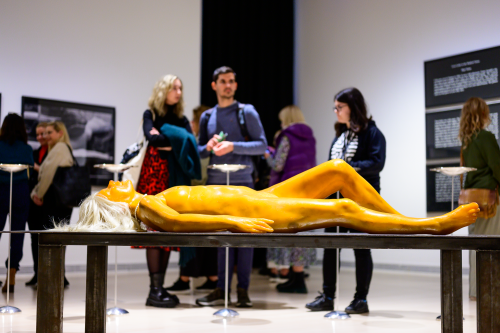
Guided tour in English Women’s Quota 01. Women Artists, Creative Women from the Collection of the Ludwig Museum 29. December, 2024, 17:00–18:00
Celebrating its 35th anniversary, the Ludwig Museum – Museum of Contemporary Art presents for the first time a selection of works from its collection exclusively by women.
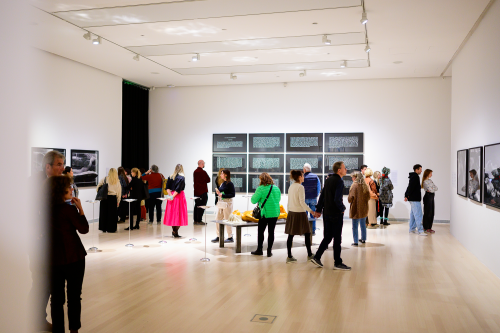
Guided tour in hungarian in Women’s Quota 01. Women Artists, Creative Women from the Collection of the Ludwig Museum 29. December, 2024, 16:00–17:00
Celebrating its 35th anniversary, the Ludwig Museum – Museum of Contemporary Art presents for the first time a selection of works from its collection exclusively by women.

Guided tour in English Women’s Quota 01. Women Artists, Creative Women from the Collection of the Ludwig Museum 10. November, 2024, 17:00–18:00
Celebrating its 35th anniversary, the Ludwig Museum – Museum of Contemporary Art presents for the first time a selection of works from its collection exclusively by women.
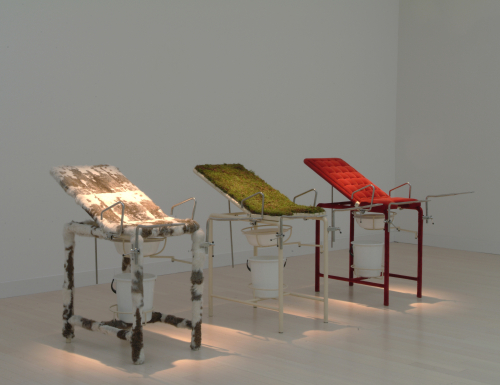
Guided tour in hungarian in Women’s Quota 01. Women Artists, Creative Women from the Collection of the Ludwig Museum 10. November, 2024, 16:00–17:00
Celebrating its 35th anniversary, the Ludwig Museum – Museum of Contemporary Art presents for the first time a selection of works from its collection exclusively by women.

Guided tour in English Women’s Quota 01. Women Artists, Creative Women from the Collection of the Ludwig Museum 27. October, 2024, 17:00–18:00
Celebrating its 35th anniversary, the Ludwig Museum – Museum of Contemporary Art presents for the first time a selection of works from its collection exclusively by women.

Guided tour in hungarian in Women’s Quota 01. Women Artists, Creative Women from the Collection of the Ludwig Museum 27. October, 2024, 16:00–17:00
Celebrating its 35th anniversary, the Ludwig Museum – Museum of Contemporary Art presents for the first time a selection of works from its collection exclusively by women.
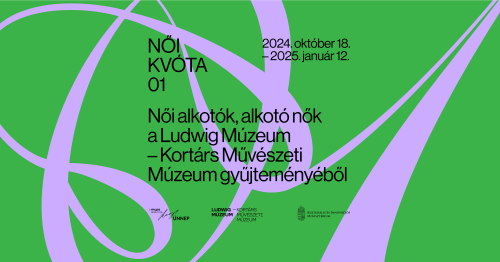
Exhibition Opening: Women's Quota 01 – Women Artists, Creative Women from the Collection of the Ludwig Museum 17. October, 2024, 18:00–19:30
The works selected for Women’s Quota 01 reveal the stereotypes and discrimination that women have faced – and continue to face – not only in the arts, but in all aspects of life. The works highlight issues concerning the female body, female roles and the status of women artists in different media and genres.
